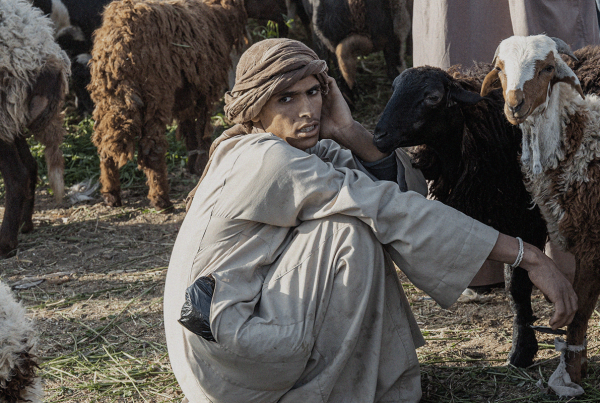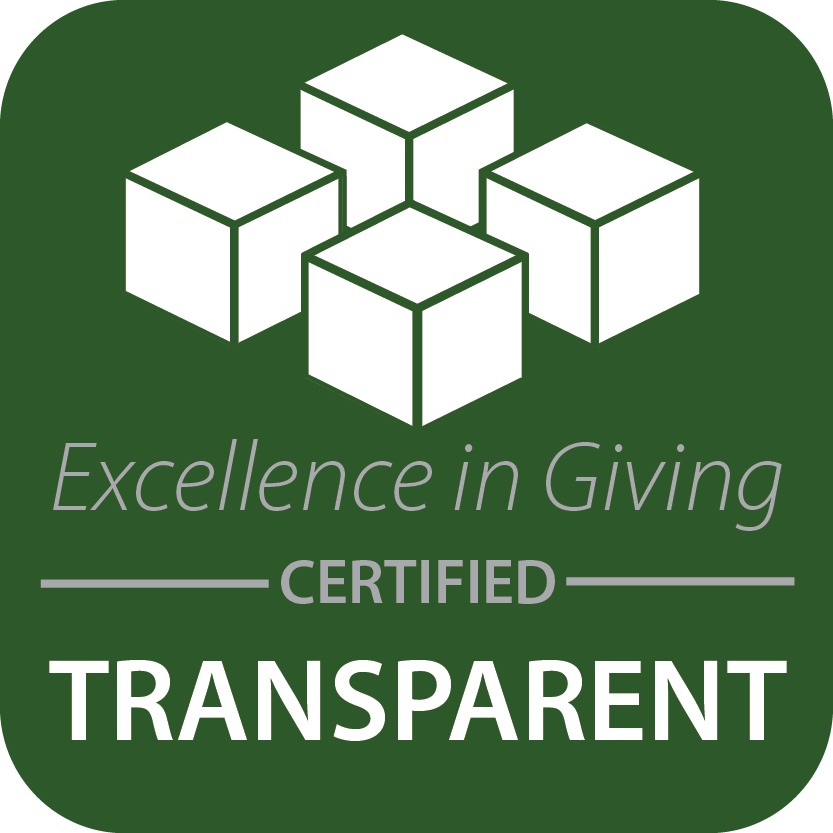Human trafficking is a complex global issue — taking place in both the United States and in every country around the world. Here are some key statistics and facts about human trafficking to help you understand the issue so that you can participate in preventing it.
Quick Global Human Trafficking Statistics
Here are the key statistics about human trafficking around the world that you should know:
People in Modern-Day Slavery
50 million people are currently estimated to be victims of modern-day slavery, globally. According to the latest report from the International Labour Organization:
54
25
80
Percentage of cases by factors traffickers take advantage of:
- 51% economic need
- 20% child with dysfunctional family
- 13% intimate partner as trafficker
- 10% immigration status
- 10% mental, behavioral, or neurological disorder
- 9% child deprived of parental care
- 3% physical disability
- 6% limited education/knowledge of foreign language
Types of Human Trafficking
According to The International Labour Organization:
43
13
44
Profits of Human Trafficking
Human trafficking generates $236 billion per year in profit for human traffickers— a 37% increase since 2014.
73% of profits come from sex trafficking, even though it only accounts for 27% of human trafficking.
Trafficking is the 3rd most lucrative illegal activity in the world, after drugs and weapons.
U.S. Human Trafficking Facts and Statistics
You probably don’t see it — human trafficking hides in the shadows — but this crime occurs every day in the United States. Here are some key facts and statistics on human trafficking in the U.S.
403,000 estimated individuals are being trafficked in the United States. (GSI, 2018)
403,000 ESTIMATED INDIVIDUALS ARE BEING TRAFFICKED IN THE UNITED STATES
There were 2 million domestic workers in the United States in 2017, many of whom are exploited in labor conditions reflective of modern slavery.
- 85% of victims reported having pay withheld or being paid well below minimum wage.
- 80% were tricked with false or otherwise deceptive contracts.
- 66% of victims reported having experienced physical or sexual abuse, either by their employer or a family member of their employer.
- 78% were threatened by deportation by their employers if they complained.
In 2020, there were 1,499 victims of human trafficking in active cases in court. (Trafficking Institute)
- 94% of open cases in 2020 were sex trafficking cases.
- 6% of open cases in 2020 were labor trafficking cases.
- Girls under the age of 18 are the most numerous victims in current human trafficking cases being tried. (Trafficking Institute)
- The total number of cases in active prosecution is not indicative of the number of actual incidents of human trafficking, since the vast majority of cases will never be identified and prosecuted.
- Although a higher number of sex trafficking cases are prosecuted, it is suspected that labor trafficking is actually more common.
Risk Factors for Individuals Likely to Experience Human Trafficking in the United States
38%
28
17
10
10
84.3% of traffickers in the U.S. advertise online.
Where Sex Trafficking Happens in the United States
According to Polaris, the most common venues for U.S. based sex trafficking are:
- Hotels/Motels
- Streets
- Residential brothels
- Escort services
- Pornography
- Hostess/strip clubs
- Truck stops
- Commercial front brothel
- Bar/clubs
- Personal sexual servitude
Quick Facts About Human Trafficking
Here are some definitions and basic facts about human trafficking to help you gain a deeper understanding of the issue.
Human Trafficking Definition
According to the UNDOC, “Human Trafficking is the recruitment, transportation, transfer, harbouring or receipt of people through force, fraud or deception, with the aim of exploiting them for profit.”
Three Core Elements of Human Trafficking
According to UNDOC, the crime of human trafficking consists of three core elements:
- The Act: a trafficker must recruit, transport, transfer, harbor, or receive
- The Mean: using methods of threat, use of force, coercion, fraud, deception, abuse of a position of power, giving payment or benefits, or abduction
- The Purpose: for exploitation
Human Trafficking vs. Human Smuggling
Human trafficking differs from human smuggling, a different crime that “generally involves the consent of the person(s) being smuggled.” (NIJ)
Human Trafficking Tactics
Traffickers maintain control of victims through violence, threats, lies, false promises, debt bondage, or other forms of control and manipulation.
Human trafficking is the recruitment, transportation, transfer, harbouring or receipt of people through force, fraud or deception, with the aim of exploiting them for profit.
United Nations Office on Drugs and Crime
Sex Trafficking Definition
“Sex trafficking is a form of modern-day slavery in which individuals perform commercial sex through the use of force, fraud, or coercion.” (Human Trafficking Hotline)
Sex Trafficking vs. Prostitution
Sex trafficking is not the same thing as prostitution, in which an individual is employed in sex work entirely by their own choice and consent.
Sex Trafficking and Minors
“Anyone selling sex who is under 18 is legally a trafficking victim.” (Polaris)
Familial and Intimate Partner Sex Trafficking
According to Polaris, individuals are most often trafficked for sex by family members and intimate partners.
Labor Trafficking Definition
“Labor trafficking is the crime of using force, fraud or coercion to induce another individual to work or provide service.” (Polaris)
The Top 5 industries Using Forced Labor
- Agriculture (common goods include coffee and cocoa)
- Domestic work (cleaning, cooking, childcare)
- Factories (garments, textiles, electronics)
- Nightclubs and bars (hostesses, dancers)
- Hospitality (hotels)
Indian workers sew in clothing factory in Dharavi slum.
Common Goods Created Through Forced Labor
Some common goods with supply chains frequently containing forced or child labor include:
- Coffee
- Cocoa
- Sugar
- Fish and seafood
- Clothing
- Shoes
- Wine
- Bricks
- Beef
- Precious metals and gems
Warning Signs of Human Trafficking
Someone may be in a trafficking situation if they:
- Seem distrustful of authorities
- Are shadowed by someone who seems to be speaking for them and controlling their behavior
- Have no passport or ID
- Have limited personal belongings
- Are wearing dirty, worn, or over-sexualized clothing
- Are unable or unwilling to answer questions about their living situation or employment
- Seem fearful or detached
- Avoid eye contact
- Appear malnourished or injured
- Have tattoos or branding
Report suspected trafficking crimes to the National Human Trafficking Hotline by calling 1-888-373-7888.
Report sexually abused or exploited minors to the National Center for Missing and Exploited Children: 1-800-THE-LOST.
Education is a key weapon in the fight against human trafficking.
We’ve gathered a decade of frontline experience fighting human trafficking, and now we want to pass on what we’ve learned. TraffickWatch is our free online course about human trafficking with two 20-minute modules.
You can expect:
- Facts and statistics about human trafficking in the U.S. and around the world
- Practical action steps to combat human trafficking in all its forms
- Quizzes to test your knowledge
- A certificate demonstrating your proficiency in human trafficking awareness
Provide your email below, and we’ll email you access to the course. We’ll also occasionally email you educational resources and ways to get involved in fighting human trafficking.






